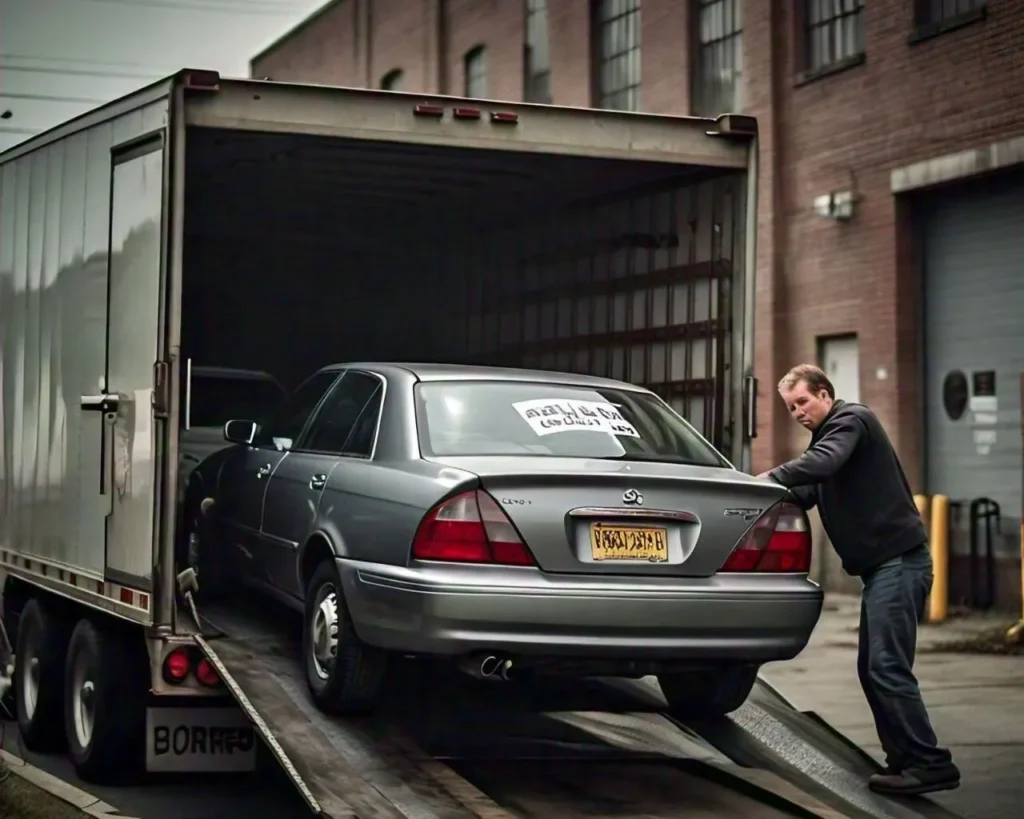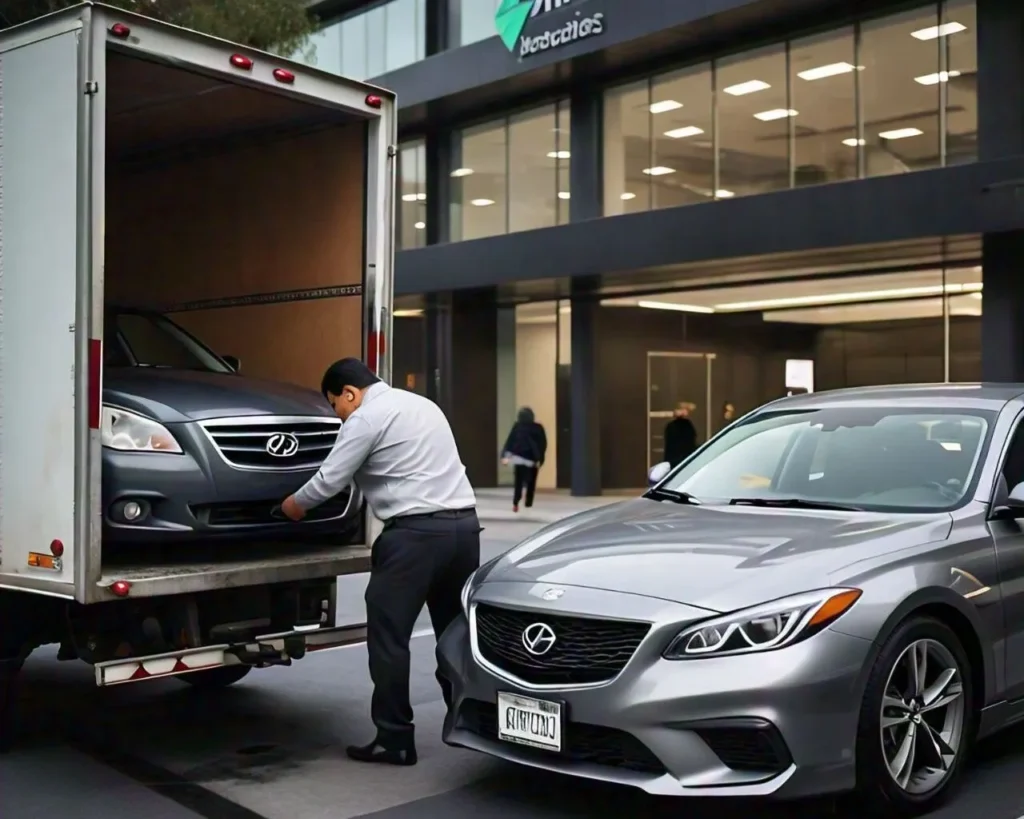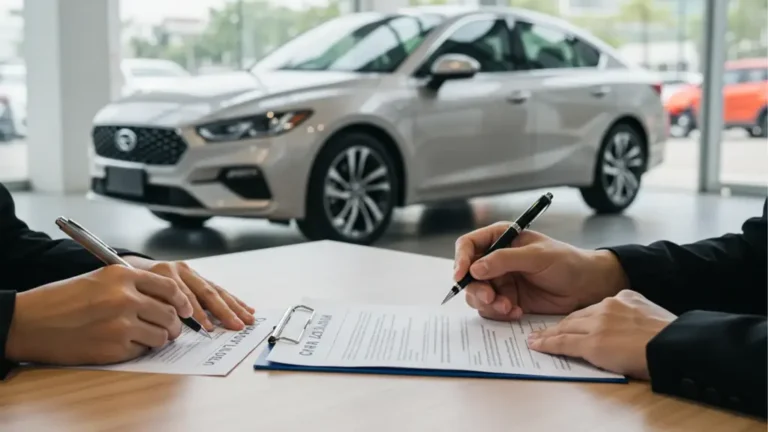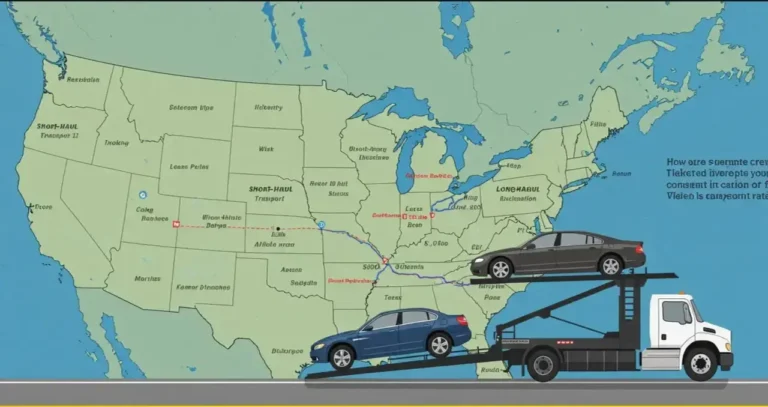Car Repossession Loopholes – Understanding Your Options
Yes, over 2 million Americans struggle with car finance every single year. For most of the people tottering on default, a car repossession is their worst nightmare. However, we will alert you to the loopholes that most people do not know about and which will protect you from falling victim to this trap. There are several legal and financial methods, from reinstatement and redemption to bankruptcy negotiation, that will help you keep your car all to yourself as well as allow for credit.
This article aims to launch a full-scale inquiry into car repossession loopholes, hiding the ground most people do not notice in the vast and treacherous sea that surrounds us. We will provide you with basic knowledge and tools that you can use to protect yourself from repossessed people and drive your car with financial stability.
Understanding Car Repossession

The first question that might come to your mind is, what is car repossession? Car repossession is the process by which a car lender takes possession of the vehicle from the borrower because he had defaulted on his loan payments. This situation usually occurs when the borrower fails to meet the terms of the loan agreement on time, such as missing payments or failing to maintain insurance.
Car Repossession Process
Here are some of the steps involved in the car repossession process.
Default
The default stage is when the borrower misses one or more loan payment deadlines according to the contract.
Notice
At this point, the lender sends the borrower a notice describing that he is in default and that he must bring the loan up to date.
Repossession
When the borrower is unable to return the loan even after the notice, the borrower hires a repossession agent. That agent helps the lender take possession of the vehicle.
Sale
The borrower who possessed the vehicle sells it at an auction to cover up some loan amount.
Types of Repossession

Voluntary Repossession
Voluntary repossession means that the borrower voluntarily surrenders the vehicle to the money lender. It is usually due to financial problems.
Involuntary Repossession
Involuntary repossession means that the lender takes possession of the vehicle without the consent of the borrower. It usually happens after a default.
Consequences of Repossession
Here are some of the major consequences of repossession on the borrower.
Financial Loss
Borrowers may lose their vehicle and still owe money to the borrower, i.e. the loan is still not paid fully.
Bad Credit Score
Repossession has a bad effect on the credit score of the borrower. It drops the credit score by 100-200 points.
Additional Charges
Borrowers are charged for repossession, storage and sale fees. These are additional charges that may affect the finances of the borrower.
Long-Term Financial Impact
Repossession can lead to future loan denials, higher interest rates, and financial instability.
Car Repossession Loopholes

Here we will give you a brief overview of car repossession loopholes that you can use to avoid it and protect your financial stability.
Reinstatement
Reinstatement is a second chance to save your vehicle. If you are facing the problem of car repossession then this loophole is one way out. It allows you to regain control of your vehicle and avoid any financial burdens.
Reinstatement is a process that allows you to instate your loans after repossession. It is like a fresh start to your agreement with the lender. Here are some of the steps that will give you a clear idea of reinstatement.
- Contact your lender and show your desire to instate.
- Meet the lender in person and clear all your outstanding dues, including repossession costs, late payments, etc.
- Also, clear all your missed payments and bring your loan up to date.
- With the borrower’s consent, sign in a new loan agreement, with original loan terms or negotiate new ones.
Reinstatement is sure a great option to secure your vehicle. It helps you regain control of your vehicle, avoid deficiency balance and protect your credit score.
However, some limitations of reinstatement must be considered. Such reinstatement must occur within a limited time frame, paying all outstanding dues is a compulsion, and you may need to stick to the original loan terms.
So, it is better to give reinstatement a try before giving up on your precious vehicle.
Redemption
Another possible way to get out of the car repossession issue is redemption. It is a process that allows you to buy back your vehicle from the lender. In this process, you pay all the outstanding loans and fees to reclaim your vehicle back. The redemption process involves a few steps as given below.
- Calculate the total outstanding balance, i.e. loan, fees or any other charges.
- Inform the lender that you wish to redeem.
- Pay the entire redemption amount due within a specified timeframe.
- Pay that amount to the lender on time and retrieve your vehicle.
Redemption is a good option for people looking to get a second chance. Like reinstatement, redemption also helps you regain control of your vehicle, avoid deficiency balance and help protect your credit score.
Moreover, just like reinstatement, certain limitations apply to redemption as well. Limitations include timeframe, which means redemption must occur within 15 days of repossession. Also, the full amount of redemption should be paid at hand, along with the fees and costs associated with repossession.
In short, you should contact your lender on time to explore more redemption options.
Bankruptcy
Another solution, yet a temporary one, to halt car repossession is bankruptcy. If you file for bankruptcy, an automatic stay is triggered, which temporarily stops the car repossession proceedings. This time can be used in a good manner by catching up on your payments and exploring options such as loan modification, redemption and reinstatement. There are two types of bankruptcies which are given below.
- Chapter 7 Bankruptcy: It helps liquidate assets quickly so that you can pay off debts. However, it is not suitable for saving your vehicle.
- Chapter 13 Bankruptcy: This helps you reorganize your debts into manageable payment plans and keep your vehicle, by catching up on loan payments.
However, bankruptcy comes with its implications, such as significantly lowering your credit score, and also comes with legal and court fees. Moreover, filing for bankruptcy comes in public records.
So, it is recommended to consult your financial advisor for advice according to your situation.
Statute of Limitations
The statute of limitations saves you from violation and stops unwanted repossession. However, let us first discuss what is the statute of limitation. A statute of limitation is a law transferring the time allowed for prosecution against various types of misconduct. This is the period in which lenders have to repossess a car or sue for debt collection (car repossession).
The statute of limitations usually differs depending upon the state, but typically, it ranges from 3 to 10 years. If the lender fails to sue or repossess in this timeframe, their claim may be barred. Borrowers usually use this strategy as a defence against repossession.
Negotiation
The best way to stop car repossession is to negotiate with the lender. Good communication is the key to solving many problems. In this situation, reaching a mutually beneficial agreement can save your vehicle and your credit score.
Negotiation is important as it helps halt the repossession process, helps reduce the debts of the borrowers and can protect against damage to the credit score.
If you are negotiating with the lender, go prepared by offering him different options. Some of them are listed below.
- Payment plan: Offer lenders a payment plan to catch up on payments or make regular installments.
- Settlement: Propose a lump sum payment to settle the debt.
- Loan modification: You can request permanent or temporary changes to the loan terms.
Here are some of the tips that can help you make an effective negotiation.
- Stay calm and professional and try to maintain a respectful tone.
- Be transparent and share your financial position to support your proposal.
- Be flexible and compromise on the lender’s terms as well.
- Remember to get everything documented and signed.
Voluntary Repossession
Another, last but not the least, way is voluntary repossession. It is a process of returning the vehicle to the lender without any forced repossession. This option can be beneficial for borrowers facing financial difficulties.
Voluntary repossession helps the lender avoid forced repossession of his vehicle and helps reduce the unwanted emotional stress. Moreover, voluntary repossession has a less severe impact on the credit score as compared to other options. But, even after voluntary repossession, borrowers may still owe a deficiency balance.
Some of the tips for voluntary repossession are listed below.
- Communicate effectively with the lender as he must agree to the voluntary repossession.
- Thoroughly review and understand the new agreement.
- Consult a financial advisor or attorney if needed.
Conclusion
Bottom line, car repossession can be a tough pill to swallow but it doesn’t mean the end of your road. However, things change when you know the car repossession process and learn some of the loopholes discussed in this article that can help you take control of your finances while keeping your vehicle. From possible reinstatement and redemption on your auto loan to bankruptcy options or cseveralegotiation — there are several legal & financial ways you can avoid the unwanted consequences that follow when it comes to repossessing it.
To sum up, remember to keep your cool, be clear when communicating with your lender and seek professional assistance whenever necessary. However, if you take certain proactive measures beforehand, the damage to your credit score and finances can be minimized. Make The Right Move After Car Repossession – Learn To Drive Your Way Out Of Debt






